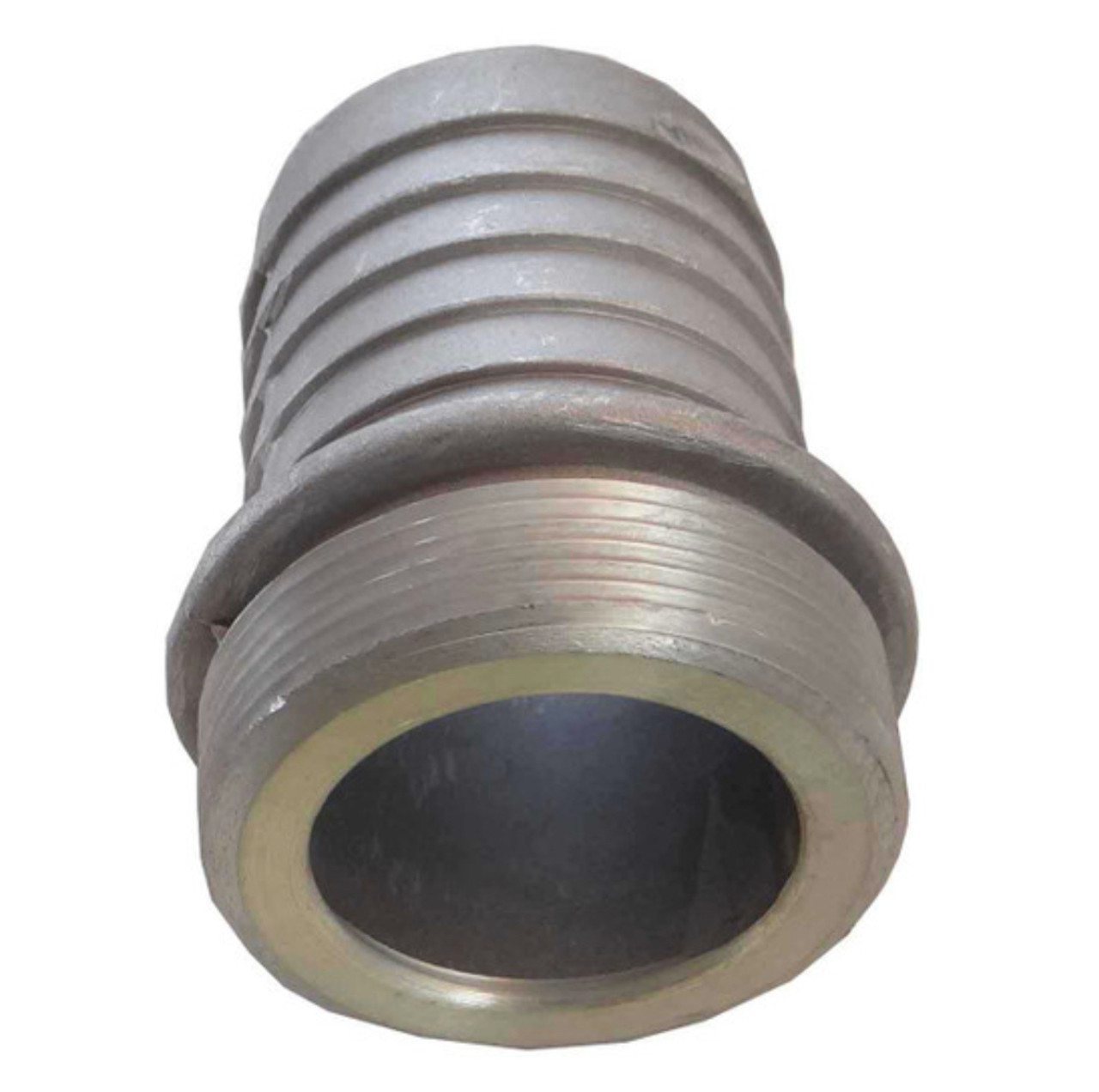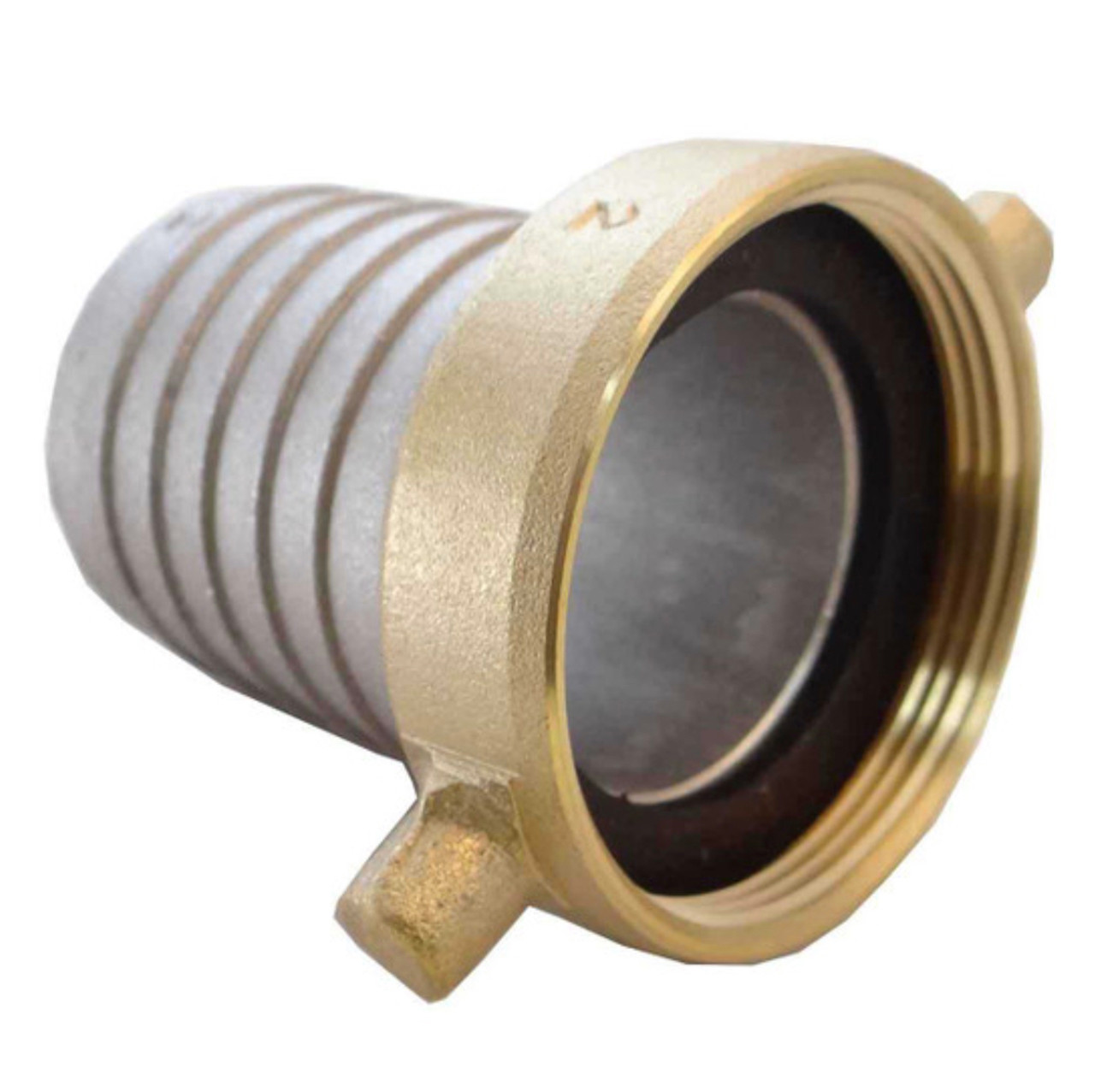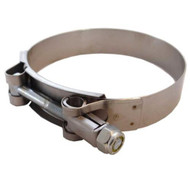Pumps play a pivotal role in various industries, ensuring the smooth transfer of fluids from one point to another. However, the efficiency and performance of a pump are not solely dependent on its design and power; the components that connect and secure the hoses are equally vital.
This blog discusses the often-overlooked yet critical aspects of enhancing pump performance — hose couplings and clamps.
Understanding Hose Couplings
Hose couplings serve as the connectors between hoses and pump outlets, facilitating a seamless flow of fluids. These components come in various types, each designed for specific applications. Cam and groove couplings, quick disconnect couplings, and Bauer couplings are some commonly used variants, each with unique features that cater to diverse industry needs.
Cam and Groove Couplings
Cam and groove couplings are popular for their simplicity and quick-connect functionality. Comprising two parts, the male ‘adapter’ and the female ‘coupler,’ they allow for rapid hose connections without the need for tools. This efficiency not only saves time but also reduces the risk of leaks, contributing to overall pump performance.
Quick Disconnect Couplings
Quick disconnect couplings, as the name suggests, enable fast and easy connections and disconnections. These couplings are prevalent in applications where frequent hose changes are necessary. The ability to swiftly switch hoses enhances the versatility of pump systems and minimizes downtime, making them ideal for industries that demand adaptability.
Bauer Couplings
Bauer couplings are known for their robustness and durability. They are commonly used in demanding applications such as agriculture and mining, where pumps are subjected to harsh conditions. The secure and sturdy connection provided by Bauer couplings ensures a reliable flow of fluids, contributing to sustained pump performance under challenging environments.

Understanding Hose Clamps
Hose clamps, though seemingly simple, are indispensable in maintaining the integrity of hose connections. These devices secure hoses onto couplings, preventing leaks and ensuring a consistent flow of fluids. The role of hose clamps in enhancing pump performance is multifaceted.
Here are some common types of hose clamps.
Worm Gear Clamps
Worm gear clamps are the most common type, featuring a screw mechanism that tightens around the hose. They are versatile and suitable for various hose sizes, making them widely used in different industries.
T-Bolt Clamps
T-bolt clamps provide a more robust and secure connection, often used in high-pressure applications. The T-shaped bolt design allows for a tighter grip, reducing the risk of leaks and ensuring optimal pump performance under pressure.
Spring Clamps
Spring clamps, also known as constant tension clamps, exert consistent pressure on the hose, accommodating changes in diameter due to temperature variations. They are commonly used in automotive applications where hoses may expand and contract.
Importance of Proper Clamping
Preventing Leaks
One of the primary functions of hose clamps is to prevent leaks. A secure and properly tightened clamp ensures that the connection between the hose and coupling remains sealed, minimizing the risk of fluid loss. Leaks not only waste valuable resources but can also lead to pump inefficiency and increased maintenance costs.
Maintaining Pressure
In high-pressure systems, t
https://cdn11.bigcommerce.com/s-vtryl8/images/stencil/1280x1280/products/956289/2405185/Screen_Shot_2018-06-06_at_2.02.42_PM__12923.1528311800.jpg?c=2
he role of hose clamps becomes even more critical. T-bolt clamps, in particular, provide a secure grip that helps maintain pressure levels, preventing sudden bursts or drops that could compromise pump performance.
Extending Hose Life
Properly installed clamps not only prevent leaks but also contribute to the longevity of hoses. By securely holding the hose in place, clamps reduce the likelihood of wear and tear caused by movement and vibration, ultimately extending the life of the hose and enhancing overall pump performance.

Best Practices for Hose Couplings and Clamps
Correct Sizing and Compatibility
Ensure that the hose couplings and clamps are appropriately sized for the hoses and pump outlets. Mismatched sizes can lead to leaks and compromise the efficiency of the pump system.
Regular Inspection and Maintenance
Implement a routine inspection schedule to check for signs of wear, corrosion, or damage on hose couplings and clamps. Prompt replacement of worn components can prevent unexpected failures and maintain pump performance.
Proper Installation
Follow manufacturer guidelines for the installation of hose couplings and clamps. Proper alignment and torque settings are crucial for creating a secure and leak-free connection.
Consideration of Application
Choose hose couplings and clamps based on the specific requirements of the application. Consider factors such as pressure levels, fluid types, and environmental conditions to ensure optimal performance.

Proper Sealing Techniques
Implement proper sealing techniques during the installation of hose couplings and clamps to ensure a leak-free connection. This includes inspecting the sealing surfaces for any imperfections, using appropriate gaskets or O-rings, and applying recommended sealants. Adequate sealing not only prevents leaks but also protects the system from external contaminants, contributing to long-term pump performance.
Regular Torque Checks
Perform regular torque checks on hose clamps to ensure that they remain properly tightened. Vibrations, temperature fluctuations, and operational stress can cause clamps to loosen over time, leading to leaks and inefficiencies. Establish a routine maintenance schedule to re-torque clamps as needed, maintaining the integrity of the connections and sustaining pump performance.
Temperature Considerations
Take into account the temperature conditions of the operating environment when selecting hose couplings and clamps. Different materials expand and contract at varying rates with temperature changes. Ensuring that the components can withstand the temperature variations of the application helps maintain a stable connection and prevents issues such as leaks due to thermal expansion.
Proper Storage Practices
Proper storage of spare hose couplings and clamps is essential to preserve their integrity—store components in a cool, dry environment away from direct sunlight and corrosive substances. Follow manufacturer recommendations for storage conditions to prevent degradation of materials, ensuring that spare parts are ready for use when needed.

For high-quality components, explore TMS Equip's collection and optimize your pump performance with efficient hose couplings and clamps. AtTMS Equip, we have a comprehensive range of hoses for water pumps, alongside all kinds of pumps like dewatering pumps, high-pressure pumps, centrifugal clear water pumps, and much more.
Register on our platform to get your hands on hose couplings and clamps.


